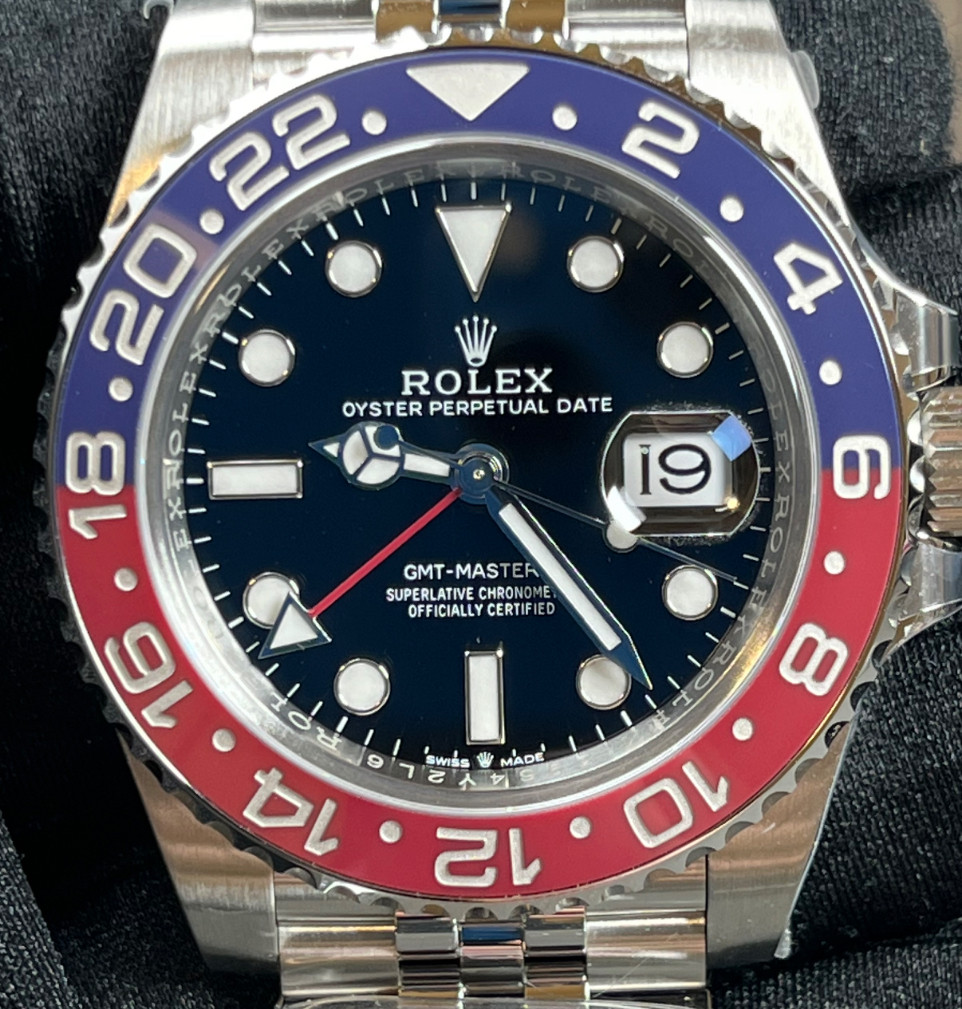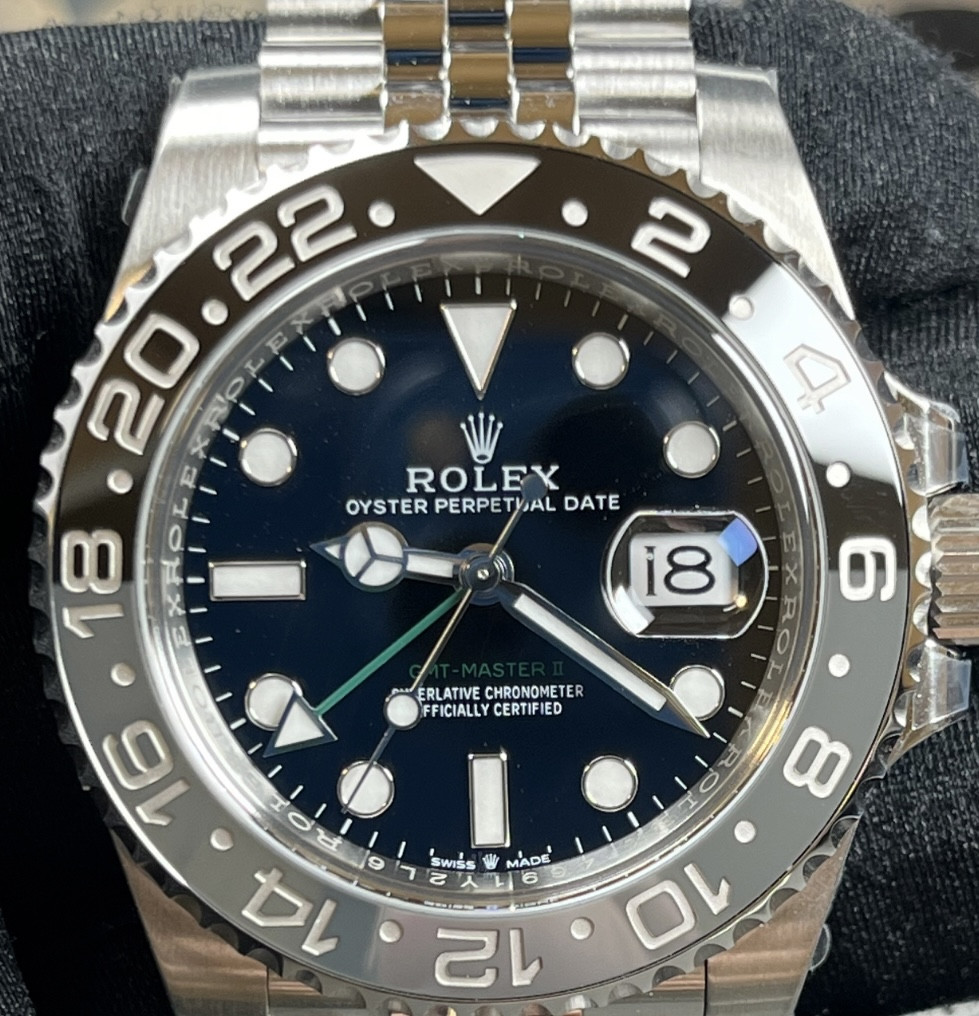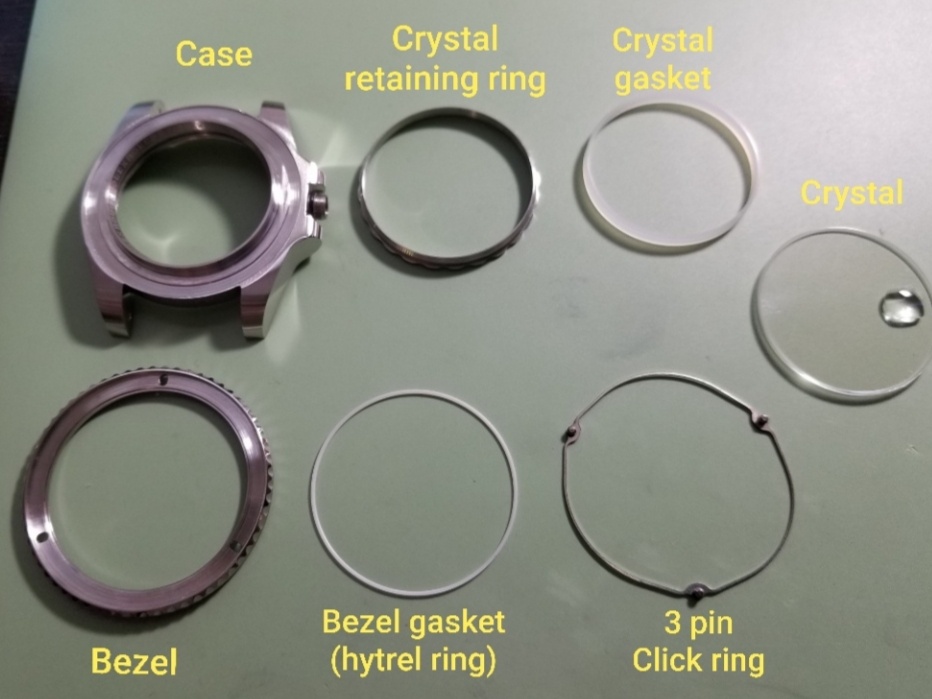Assuming a movement's stem hole is perfectly centered in the tube, rotating the movement away from that position for a cosmetic benefit is never a recommended action. It will force the stem to move (bend) from its natural position in the tube. Depending on how much the stem is bent, it can become more difficult to move in or out of the movement. It can also break from stress, and it can alter the position angle of the crown, making it harder to thread it closed and wearing down the thread grooves on both the crown and the tube.
Having said that, doing this "fix" is not uncommon and it can help the 60 minute dial tic to become better aligned with the rehaut crown. However, this fix is far more easily accomplished on a smaller diameter movement (ETA, DG, etc.) than a 31xx or 32xx. The reason for this is that a smaller diameter movement means a longer stem which makes a slight bend more possible and less detrimental in the ways I described.
The much larger diameter true clone movements fit nearly flush to the inside of the case and the stem is far shorter. You will find that it is very difficult to rotate these movements at all, and when you release your forced rotation the stem will force the movement right back to its original position. You can rotate it and hold it rotated (with significant effort), tighten down the screws, then let go. But then you will most likely find that operating the stem has become more difficult as well as threading the crown. The stem will bind unnaturally with keyless parts, creating unnecessary pressure and wear.
I have long since abandoned trying to rotate true clone movements from their naturally centered positions with regard to stem hole, tube and stem. It is not worth it. Not to mention it will throw off the relationship of the dial to the insert, the cyclops and the LEC. It's best not to try to rotate a true clone movement unless the stem hole happens to not be centered from the factory.





